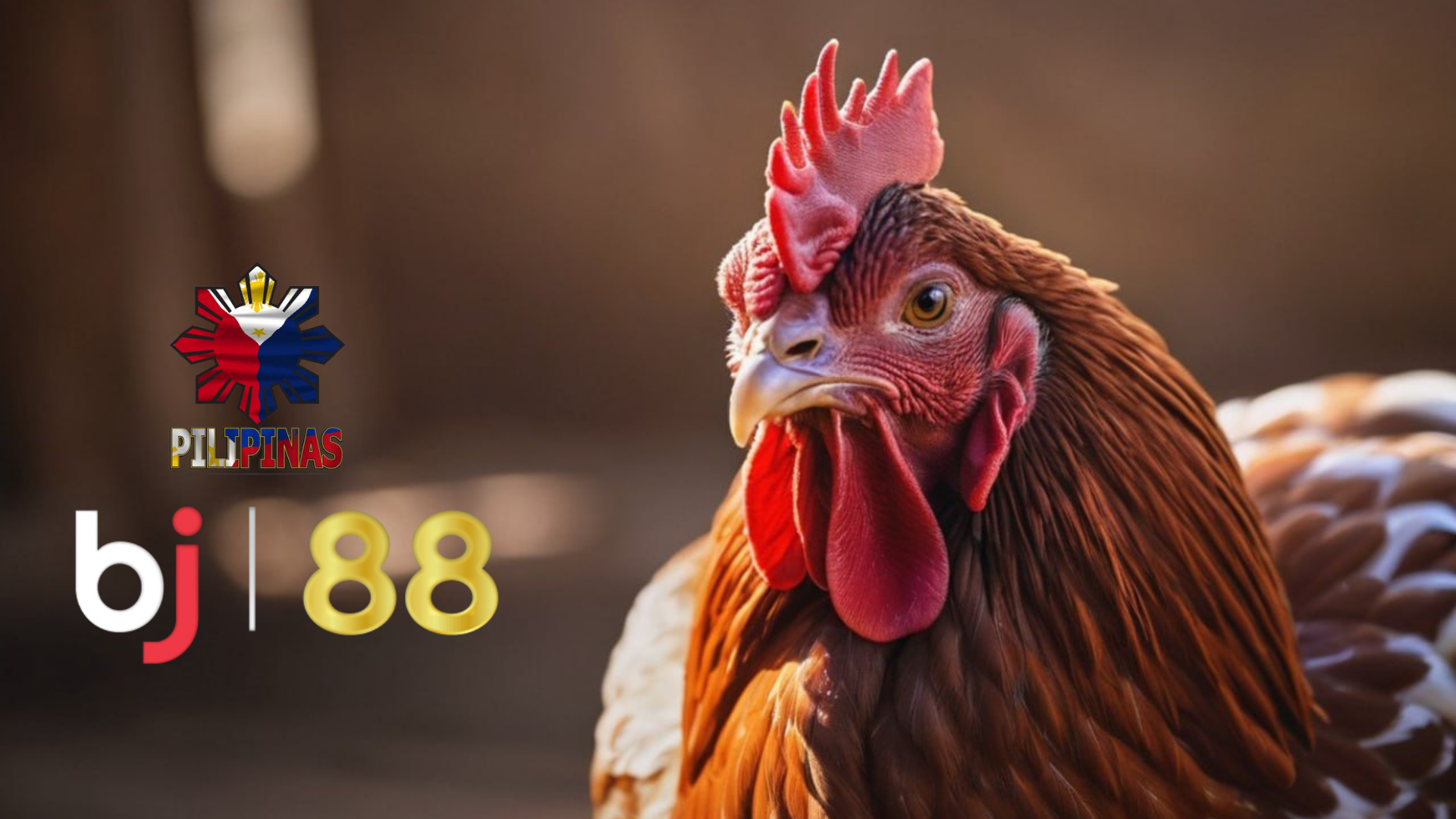Cockfighting, referred to locally as “Sabong,” holds a significant position within Philippine culture and tradition, deeply ingrained in the nation’s historical fabric. However, beyond its cultural resonance, Sabong yields considerable economic ramifications, exerting influence across various sectors and communities throughout the archipelago. This article delves into the realm of cockfighting in the Philippines, scrutinizing its concrete financial impacts and economic implications.

Cockfighting has been a prevalent custom in the Philippines for centuries, tracing its origins back to pre-colonial eras when it functioned as both entertainment and a communal gathering, testing the bravery of individuals within local communities. Despite intermittent endeavors to regulate or prohibit the practice throughout history, it has persevered and remains both legal and culturally accepted in the country.
The legal parameters surrounding cockfighting are primarily delineated in Republic Act 8485, commonly known as the Animal Welfare Act of 1998. This legislation governs cockfighting, establishing rigorous guidelines aimed at safeguarding the welfare of the animals involved. Additionally, various local government units have instituted their regulations overseeing cockfighting activities within their respective jurisdictions.

Revenue Generation
Cockfighting emerges as a significant revenue generator across multiple tiers of the economy. Ranging from small-scale village competitions to large-scale events in urban settings, the industry facilitates substantial financial transactions. Revenue is accrued through diverse avenues:
Betting: Cockfighting matches elicit fervent betting among spectators, who place wagers on the outcomes of individual contests. These bets span from modest amounts to considerable sums, making notable contributions to the local economy.
Breeding and Sales: Another pivotal facet of the industry involves the breeding and trading of gamecocks, roosters specifically bred and trained for cockfighting purposes. Accomplished breeders can command premium prices for superior birds, with the trade extending to ancillary goods such as feeds, supplements, and equipment.
Tourism and Hospitality: Major cockfighting events attract participants and spectators from various regions of the country, bolstering tourism and generating revenue for local businesses such as hotels, restaurants, and transportation services.
Livelihood Support
Cockfighting serves as a means of livelihood for numerous Filipinos, particularly in rural locales where alternative employment opportunities may be limited. Participants encompass breeders, trainers, handlers, cockpit staff, and suppliers of related goods and services. The income derived from cockfighting sustains households, facilitates educational pursuits, and contributes to the overall welfare of communities.

Community Cohesion
In addition to its economic dimensions, cockfighting assumes a pivotal role in fostering community cohesion and social bonding. Cockpits serve as communal hubs where individuals from diverse backgrounds congregate, exchanging stories, experiences, and camaraderie. The activity nurtures a sense of belonging and identity, fortifying social ties within and across communities.
Tradition and Ritual
Cockfighting is intricately interwoven with Filipino traditions and customs, frequently intertwined with fiestas, festivals, and other cultural celebrations where it serves as a focal point of entertainment and recreation. The rituals associated with cockfighting, encompassing the meticulous care and preparation of gamecocks, embody values of dedication, skill, and reverence for tradition.

Despite its cultural significance and economic contributions, cockfighting encounters scrutiny and contention, both domestically and internationally. Concerns surrounding animal welfare, encompassing the treatment of gamecocks and the ethical implications of blood sports, feature prominently in ongoing debates regarding the practice. Additionally, endeavors to regulate or outlaw cockfighting persist, engendering discussions about its relevance in contemporary society.
CONCLUSION
Cockfighting in the Philippines transcends mere entertainment; it represents a multifaceted phenomenon with profound economic, social, and cultural ramifications. While its financial impact is discernible in the revenue generated and livelihoods sustained, its significance extends beyond economic metrics. As discussions regarding its legality and ethical considerations endure, cockfighting remains a complex and deeply ingrained aspect of Philippine society, epitomizing the intricate tapestry of its cultural heritage.

